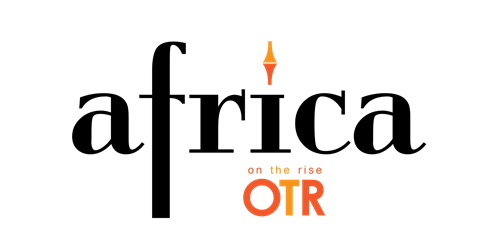The Eastern Democratic Republic of Congo (DRC) is in the throes of one of its severest conflicts in recent history, as fighting escalates between the Congolese army and M23 rebels. Violence has engulfed North Kivu Province, particularly around Goma, a sprawling city of over two million people, leaving millions of civilians in a dire humanitarian crisis. The United Nations (UN) has issued an urgent plea to the international community to respond decisively before the situation spirals further into catastrophe.
The human suffering in Eastern DRC is staggering. Over 6.5 million people are displaced across the country, nearly half of whom are concentrated in North Kivu. Families fleeing their homes amid escalating violence have overburdened already fragile infrastructure. In Goma, hospitals are overwhelmed, and critical services such as water, electricity, and internet are collapsing under the strain of incessant conflict.
Jean-Pierre Lacroix, the UN Under-Secretary-General for Peace Operations, painted a grim picture during a recent briefing: “The situation in Goma is volatile and dangerous. Without immediate intervention, the risks of a wider humanitarian disaster are immense.” His remarks highlight not only the human toll of the crisis but also the urgency for swift, coordinated action.
Families, many of whom were displaced by earlier conflicts, are yet again forced to abandon their homes. Scenes of people clutching their belongings, trudging away from livelihoods turned to rubble, underscore the depth of the despair gripping the region. Communication systems remain unreliable, further complicating efforts to organize a robust humanitarian response.
Amid the chaos, the UN’s peacekeeping mission, MONUSCO, has intensified its efforts to protect civilians and stabilize the region. Operating under life-threatening conditions, peacekeepers have evacuated UN staff from Goma and continue to shelter displaced civilians and former combatants at their bases. The mission is working to enforce disarmament and ensure international humanitarian law is upheld.
However, significant obstacles remain. Ongoing violence and fragmented communication have hindered the delivery of aid to vulnerable populations. Even as aid agencies stand ready to respond, the absence of guaranteed “humanitarian pauses” has made accessing conflict-affected areas nearly impossible.
MONUSCO has called for urgent cooperation between the Congolese government and regional actors to address the root causes of the crisis. The African Union (AU) has responded, announcing a forthcoming meeting to discuss the DRC conflict—a sign of growing regional recognition of the crisis’s broader implications. The UN views this as a vital step forward, but the road to peace remains arduous.
The violence in Eastern Congo has the potential to destabilize the entire region, making cooperation among neighboring nations crucial. Jean-Pierre Lacroix emphasized the need for regional actors to step up, stating, “The African Union has a key role to play in addressing the conflict.” A negotiated ceasefire and commitments to peace are seen as essential first steps to halt the suffering and prevent further escalation.
Though the current situation is grim, global and regional mobilization offers a glimmer of hope. Collaborative efforts between the UN and African Union, coupled with growing international awareness, may yet alleviate the crisis.









